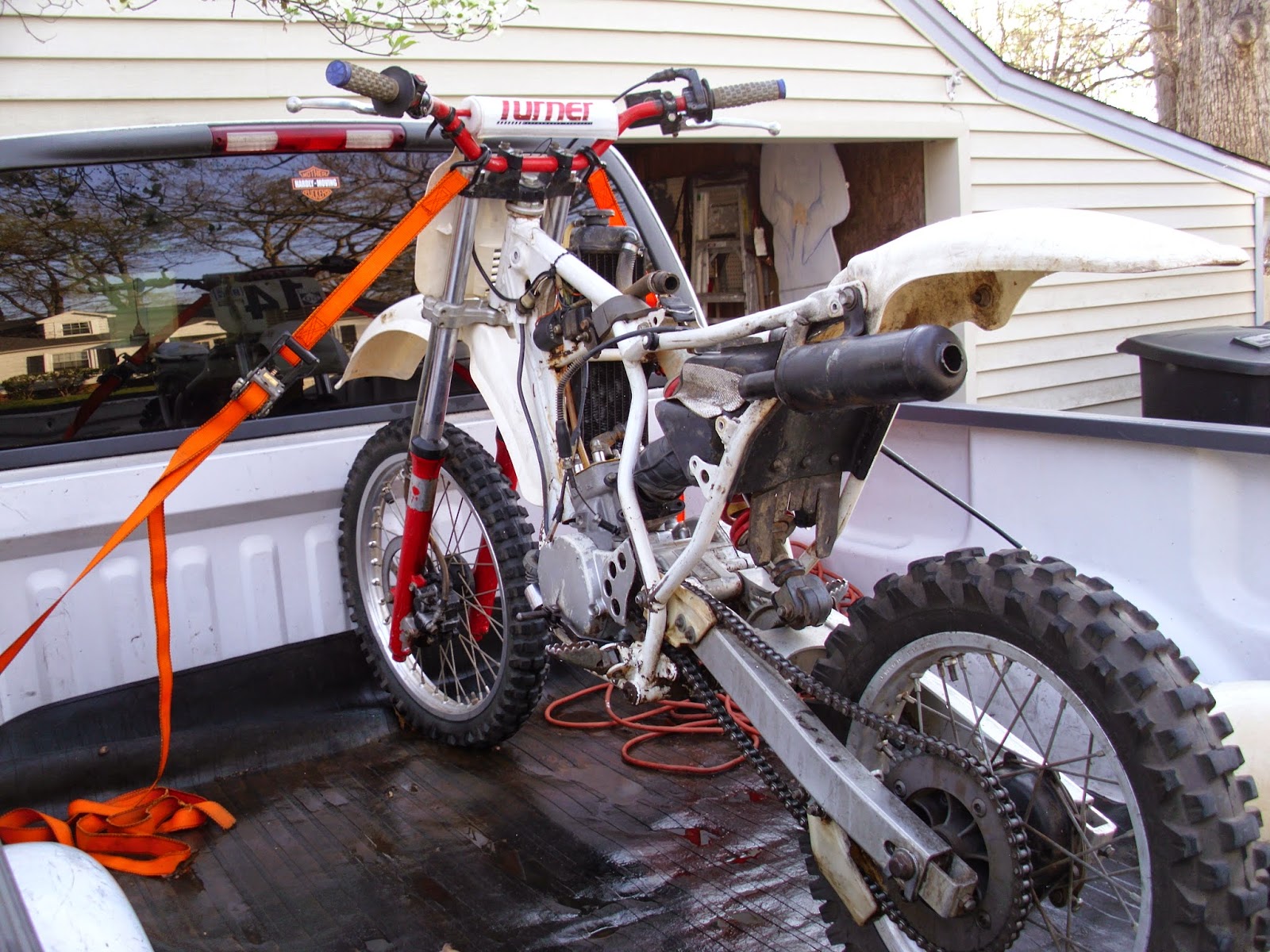Getting Cylinder Head and Cylinder Back In Shape
Below is the very chewed up cylinder head. We were told a washer got sucked into the combustion chamber from the exhaust. I don't see how that happened, but nonetheless, something got in there and did some nasty work. With a price of around $103 for a new one we need to save this one.

Below is the very chewed up cylinder head. We were told a washer got sucked into the combustion chamber from the exhaust. I don't see how that happened, but nonetheless, something got in there and did some nasty work. With a price of around $103 for a new one we need to save this one.

After a bit of work we're able to salvage this head. Some lapping compound should have us good again.
Thankfully the bore has no damage. Need to clean off the old gasket and prep for boring and honing to fit a new piston.
After removing the bulk of old gasket with a gasket removal tool, we use a brass wire wheel to remove the remainder. Only use a brass wheel and not a steel wheel. A steel wheel will gouge and take off metal and we don't want that to happen. A brass wheel is softer and will only remove the gasket material.

Here is the crank case side of things, looks all good to go for cylinder boring. If it will be a week or more before you get to boring the cylinder, such as having to wait for new piston to arrive, soak the cylinder walls down with something like WD-40 to keep rust at bay.
Our piston kit awaiting it's trip to the boring machine. You need the piston before you have any boring or honing done to insure a proper fit. To little material removed from the bore and it will seize piston, to much and piston will rattle. You have to match the bore to the piston
















